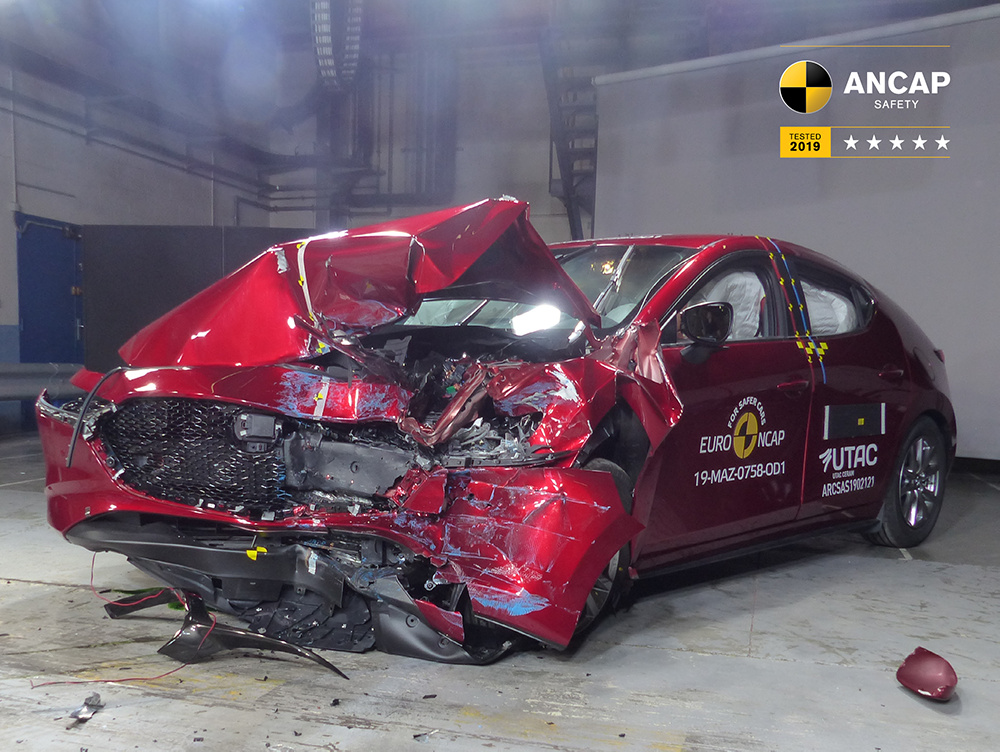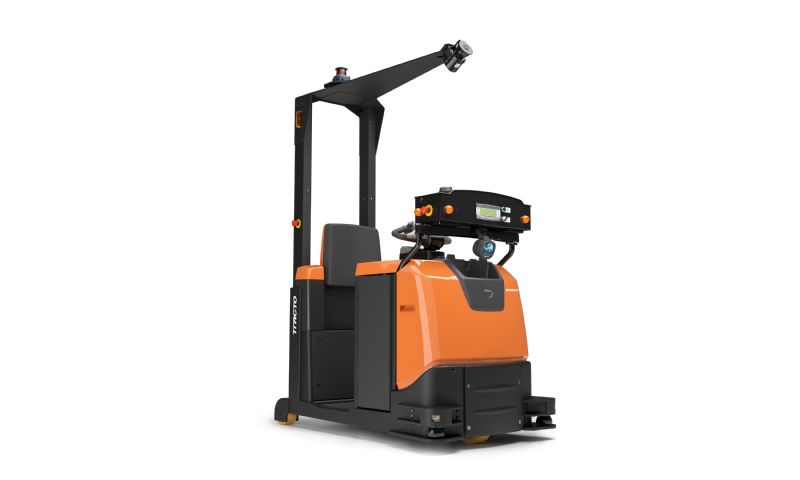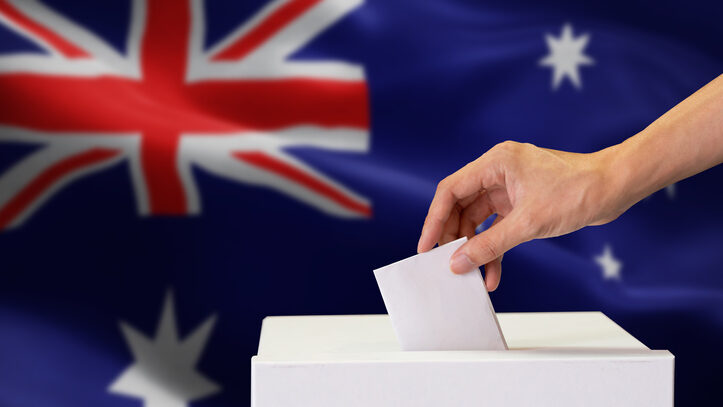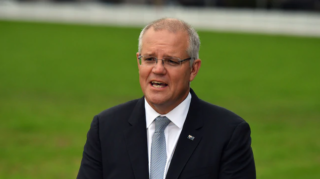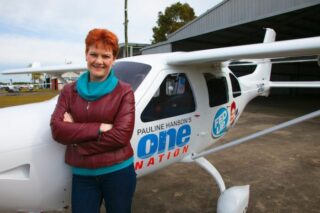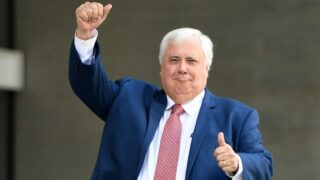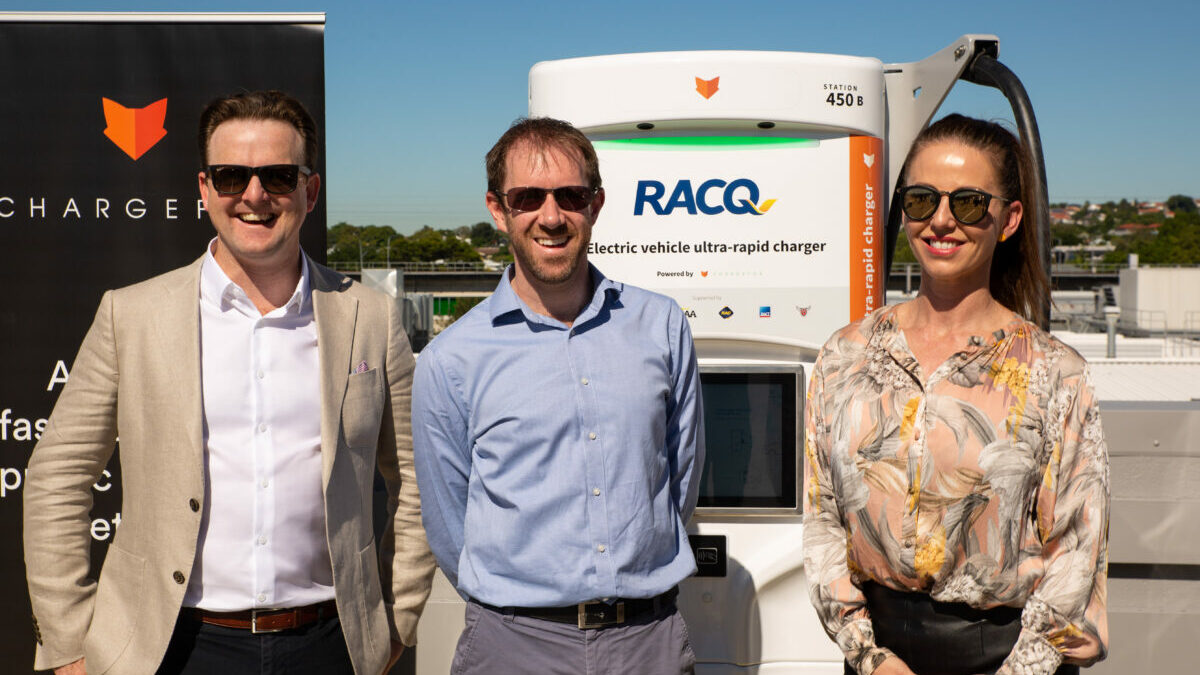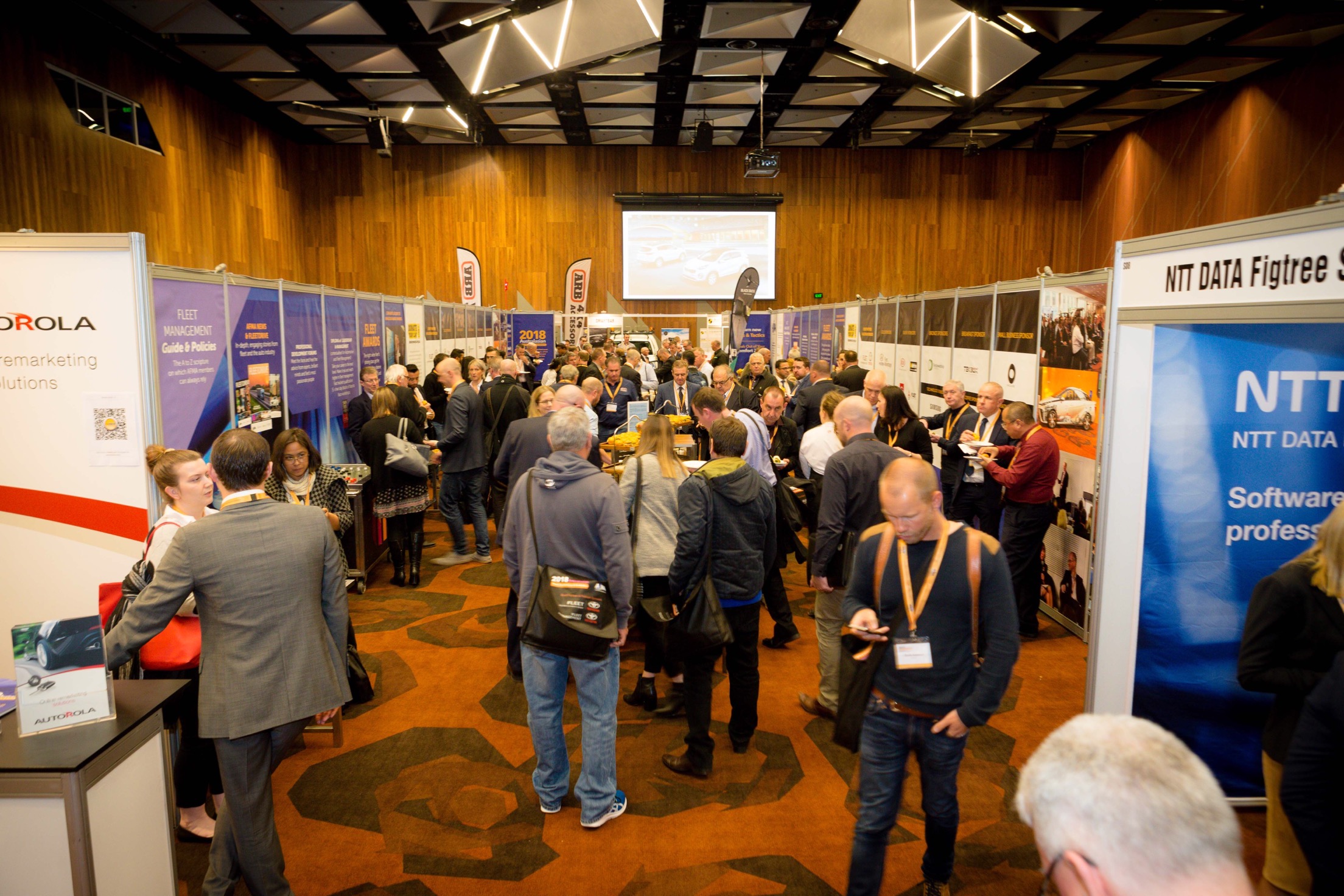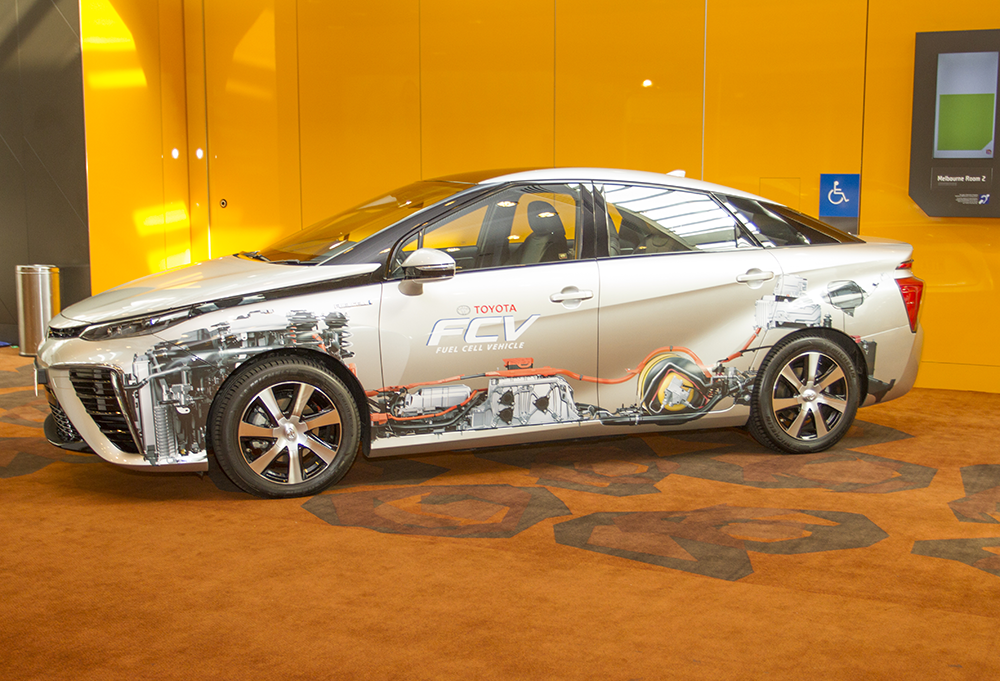In just over two weeks the entire fleet community is set to gather for what’s to come at this year’s 2019 Fleet Conference and Exhibition on May 22-24. This year is set to be our biggest conference yet with a larger than ever contingent of delegates, speakers and suppliers coming to represent, share and exhibit with us. We’re also excited to be adding a safety field day out at Sandown Racecourse, the graduation ceremony of our latest Swinburne cohort, plus we’ll get to celebrate excellence at our annual Fleet Awards Ceremony.
So to help take the guesswork out of the whole proceedings we’ve captured the key highlight’s from this year’s conference that you ought to keep an eye out for. Whether you’re in fleet, OH&S, HR, sustainability, procurement or finance there’s certainly plenty on offer this year.
Day 1 Highlights
All-new Safety Field Day – Sandown Racecourse
The safety field day is opened to paid delegates and special guests of AfMA. The day will incorporate active safety demonstrations and provide an opportunity to drive and experience a range of electric vehicles (passenger and commercial).
The field day activities are designed to demonstrate the effects of weight on vehicles. Participants will be able to feel the difference between an unladen, fully laden and fully laden with a GVM upgrade equipment. These sessions will include light commercial, van and station wagon vehicles.
Cohort groups will rotate through the active safety demonstrations in the morning or afternoon and experience electric vehicles in the other half of the day if they choose. Spaces are limited and delegates will be contacted in the weeks prior to the conference in order to book their participation in the active safety demonstrations and or the electric vehicles.
Active Safety Demonstration – Impact of Weight
A variety of active safety demonstrations will be carried out to show how the weight of a vehicle can dramatically affect its handling dynamics, braking distance and overall performance. Covered demonstrations will include:
- Emergency Braking
- Dynamic Lane Change
- Slalom / Stability
- Cornering Force
Active Safety Demonstration – Advanced Driver Assist Systems
Automotive safety technology is pretty easy to wrap your head around, but advanced driver assistance systems (ADAS) are a little harder to pin down. Come and see up close how a variety of systems actually work, including:
- blind spot monitoring
- adaptive cruise control
- following distance warning
- lane keep assist
- lane departure warning
- self-parking
- adaptive headlights
- fatigue warning
Test Drives – EVs, Hybrids & Commercial EVs
This is a unique opportunity to view and test drive a suite of electric and plug-in hybrid passenger vehicles from a range of manufacturers including BMW, Hyundai, Jaguar, KIA, Mitsubishi, Mercedes, Nissan, Renault, Tesla and Toyota.
In this session you also get an opportunity to drive and experience a range of commercial EV’s from a small commuter bus, Pantech and garbage truck. It may even be possible to experience a tipper.
Day 2 Highlights
Keynote – Fleet Industry Responsibilities and Remuneration
The roles and responsibilities of those operating within the fleet industry are as varied as types of companies running fleets of vehicles. In fact, AfMA has over 100 different titles for members who manage vehicles.
This keynote will reflect on the remuneration survey being completed in 2019 and will highlight the variations in roles, responsibilities and remuneration across Australia.
Plenary I – The Changing Face of Fleet Management
Whilst key elements and day to day tasks/functions of fleet management haven’t changed in decades, the deliverables have.
In this plenary you’ll hear from industry specialists from Australia, America and Belgium who’ll present their views on this changing landscape of fleet management. Think technology, IoT, data, safety, environment, mobility, strategy and knowledge loss.
Where are you on this 3-dimensional chess board of fleet management?
Plenary II – Road Safety – Arriving First
You’re driving to your next meeting, you hear the screech of tires, the smashing of metal, smoke and debris fills the air as your slam on your brakes.
To your horror two vehicles are strewn across the road in front of you. What do you do next?
Whilst we hope we’ll never face this situation, the fact is, the longer we spend on the road the higher our chances of being a first responder to the scene of an accident.
In this session you’ll hear from experts on what to do, how to do it, your obligations morally, legally and how to understand and cope with the trauma of dealing with this event. Attendees will be provided with a check list they can provide to their drivers to educate them in case they are involved in a similar situation
Fleet Awards & Networking Dinner
This year AfMA Conference Dinner will be held at the completion of Day 2, May 23rd at the beautiful Plaza Ballroom at the Regent Theatre. Alongside a delicious dinner we are delighted to welcome Swing Star – Tribute to the Kings of Swing to perform for us plus we will be celebrating excellence in fleet at our annual AfMA Fleet Awards ceremony.
The awards seek to identify advances in best practice in Fleet Management and to bring these to the attention of its members and the industry. Since their introduction in 1996 the awards have recognised new approaches and applications that have produced substantial reductions in costs, lowered emissions and improved safety outcomes.
Day 3 Highlights
Keynote – Women in Fleet Management
Women have been operating in fleet management for decades and a few have ascended to very senior roles within organisations. Whilst this is true, there remain many challenges for women within fleet.
Perhaps these challenges are no different for men in fleet management however one thing is different and that’s the limited number of women in senior roles. Further, fleet management roles can be a little insular to other fleet managers therefore limiting the opportunity to be a role model for other women in fleet.
This keynote will outline the journey of the US based Automotive & Fleet Leasing Association (AFLA) has been on with their Women in Fleet Management group.
Plenary III – Mobility Management – The Future and the Now!
Mobility as a Service (MaaS or MassService) is utopia but perhaps the first step is Mobility as a Solution (MaaSolution). Whilst we are some way from MaaService bringing every kind of transport together into a single intuitive mobile app. MaaSolution is here and now.
MaaSolution is about asset utilisation, be it your asset or someone elses. Most vehicle assets are used less than 10% of the time providing opportunities to do more with them such as vehicle pooling or realising it might be cheaper to use someone else’s assets.
In this session you’ll hear from the RACV about their new app Arevo. It’s represents the early stages of MaaService and we’ll explore some unique MaaSolutions. Thinking outside the square delivering substantial savings and improved services.
Plenary IV – A Seat At The Table
A fleet managers role is challenging, multi-disciplined and often undervalued within an organisation. How does the fleet manager maximise their influence, gain a seat at the management table and ensure their voice is heard?
This panel discussion looks at the role of a fleet manager in a number of operational environments, their responsibilities, experiences and practical ideas to influence outcomes and demonstrate value. It might seem simple enough, but going above and beyond takes strategy and an understanding of your organisational goals outside of fleet management.
Based on their own experiences, our experts will discuss winning solutions and open your mind to what is possible.
